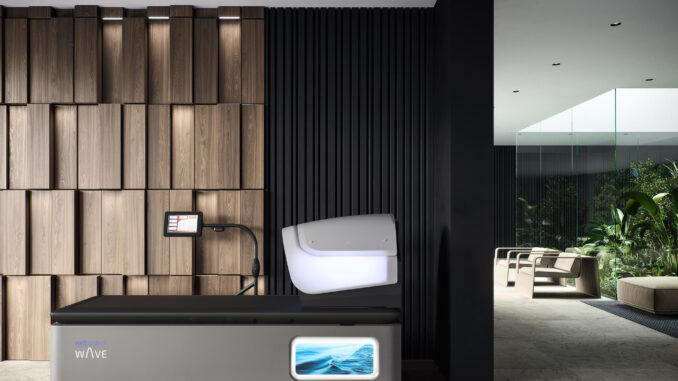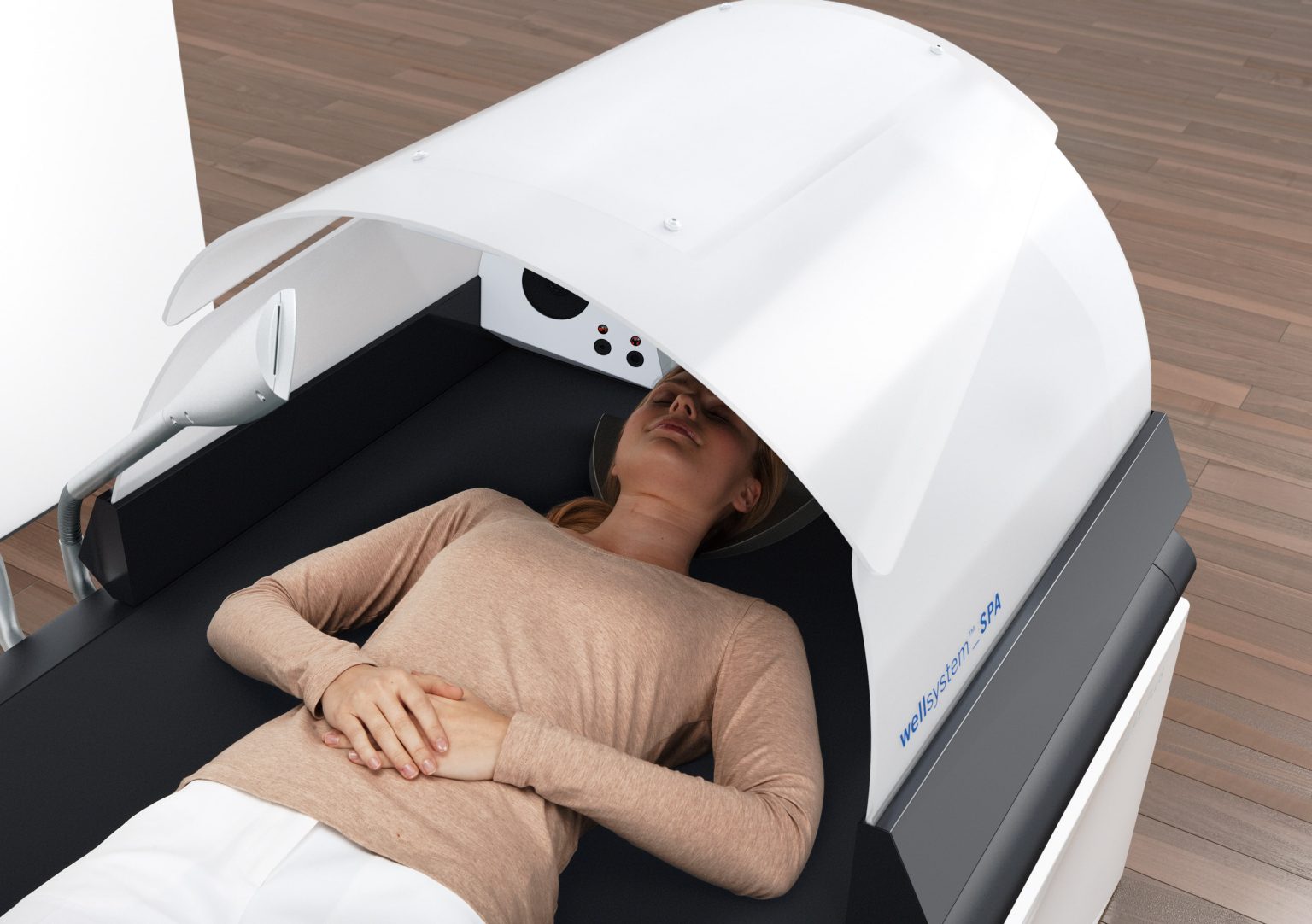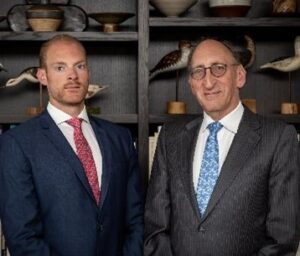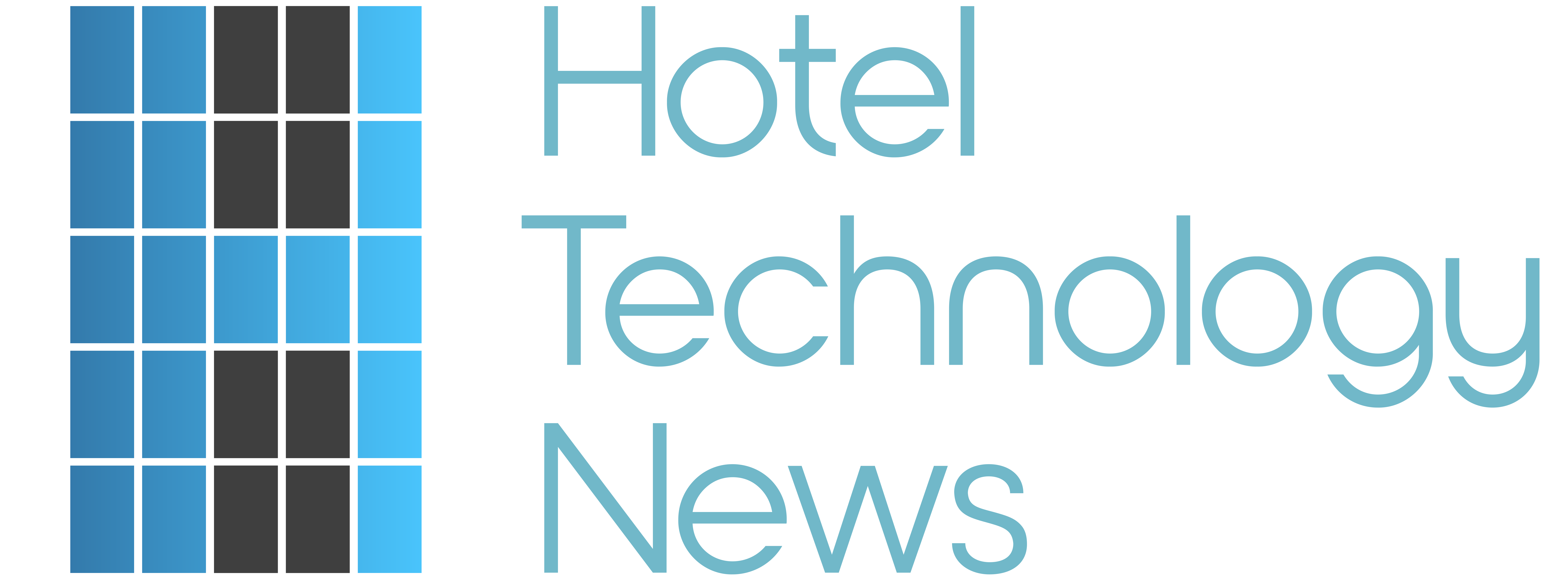
By Larry and Adam Mogelonsky - 3.9.2024
Every industry has its jargon and its acronyms. For hotel technologists, this is the PMS, CRS, POS, IBE, CRM, BI, AI, ML, PCI, as well as financial KPIs to monitor like GOPPAR, GSS or CPOR. While useful as heuristics for discussing business challenges, over time such technical details can unknowingly narrow one’s focus to the point where it limits one’s appreciation for concurrent trends in other industries. Specifically for our purposes today, when hoteliers hear the word ‘technology’, they may conjure images of the abovementioned alphabet soup, and yet there’s a whole other parallel world of spa (‘spatech’), fitness (‘fittech’) and wellness technologies (‘welltech’) that are just waiting for hotels to take notice.
Why notice? Cite whatever stat and the story is the same: the wellness industry is booming. As one tool in the trade to capitalize on this growth, welltech nevertheless has capex considerations but also the promise of sizable ROI.
Framing this from the macro before getting to the micro, what you should know for this megatrend is that the rate of medical research discoveries is compounding (especially now with the help of artificial intelligence) and these findings about how to spot bodily irregularities or improve one’s health are slowly but surely disseminating into the public sphere. This process is occurring both with people of all ages or dispositions who are opting for healthier lifestyles as well as through entrepreneurs who are introducing new wellness products in order to serve this ever-increasing wellness market.
With many of these new products and companies opting for a direct-to-consumer business model, our homes are destined to become ‘high-tech health hubs’. The challenge therein that hotels face is straightforward: as one does at home, one will expect at their chosen accommodation.

While it may be easy to shrug this off as a topic of concern for those brands and executives solely focused on the spa or spatech spaces, lest we forget the technology adoption life cycle which compels new trends, styles and habits to naturally but inevitably shift from niche (dedicated spa goers or wellness junkies) and luxury (early adopters with lots of disposable cash) to all other categories as economies of scale and induced demand work their magic.
Even as we must contend with the burgeoning marketplace for welltech, the hospitality industry is already derided for being a tech laggard – unfairly so, in our opinion, given the complexities of managing a live property’s tech stack. Yet now, with the proliferation of all these fancy smart furnishings and devices available at home, hotels that don’t have a wellness strategy will be lag even further behind as consumers start voting with their wallets for health-oriented lodging brands.
Another essential element for figuring out how to incorporate welltech in hotels pertains to how many of these tools can be scaled in a labor-light manner. There’s spatech that can be assembled in a treatment room for a ‘set it and forget it’ guest experience; of course, there are wellness apps with minimal unit economics; and there are handheld or wearable equipment that can be made as an in-room brand standard or upsold rentable.
So, what kinds of welltech are consumers looking for? As technology now pervades all things, this term ‘welltech’ is quite the umbrella for anything and everything like:
- D2C apps: offering various health tracking, nutrition, mindfulness and wellbeing functionalities
- Club management: on the B2B software side, it goes without saying that advances are being made in the systems that ensure operations proceed smoothly, with AI now being embedded to drive staff and equipment efficiencies
- Cosmetics: leveraging the latest research and technology in health-promoting ingredient purity, stability and bioactivation to produce high quality serums, creams and also fragrances to tap into the aromatherapy wellness niche
- Supplements: still the Wild West in terms of regulation and precision, new brands are emerging that emphasize good manufacturing processes for the latest in vogue longevity pills
- Light therapy devices: whether handheld, wearable or mounted, running the range of infrared and red light therapy through to sad lamps and IoT circadian room lighting
- Hydrotherapy machinery: applicable more so as spatech but nevertheless a consideration as part of a total sensory activation for a new wellness program
- Soundscapes: yet more sensorial experiences that can run the gamut of curated environmental music through to binaural beats and neuroacoustics
- Biophilic design: hinging on the conceit that being in nature promotes good moods, hotels now have more live plants, living walls and artificial or digital greenscapes, yet all this still relies on BOH maintenance and energy management systems
- All things fitness: this banner can include new types of machinery to enhance exercise in various ways, handheld fitness devices, muscle recovery products and mobility tracking apps
- Massage devices: with some fittech overlap, this can be chairs, handheld massage guns, compression suits that amplify lymphatic drainage or even vibration plates
- Sleep tech: whether that’s cooling mattresses, bedside air purifiers, sound plates underneath the mattress or wearables that monitor your sleep
- Body scans: whether looking at muscular imbalances, fat disposition, bone density (DEXA) or movement mechanics, a lot of personalized health advice can be driven by scanning the body
- Diagnostics: whether from drawing blood to look at one’s epigenetics and multicancer early detection (MCED) or evaluating one’s gut microbiome from a stool sample, hotels can play a key role in introducing guests to the incredible world of preventative health screening
From that quick list alone, you should at least get a sense of how big the world of welltech is. But no matter what device, app or six-figure spatech equipment you purchase, all of it still relies on the core hotel tech stack for effective commercialization.

Some technology questions to consider as you refine your wellness strategy:
- How are you marketing and packaging these new amenities?
- Can you merchandize these wellness activations as prearrival upselling offers, on-prem purchases via the hotel app or other stages of the guest journey?
- How will you use your wellness offers to encourage brand loyalty and return visits?
- Operationally speaking for handheld device rentals, how do you manage inventory, delivery, cleaning and attachments to the guest folio?
- For consumables like supplements or cosmetics, do they work with your procurement systems?
- To help make your branded app as the one-stop shop, can partnered wellness apps integrate for frictionless guest access?
- How can you use your existing market intelligence data feeds to spot upticks in wellness travel consumption as well as segment your wellness-primary and wellness-secondary guests?
- Are you able to map the ROI of your wellness investments through a long-term total revenue metric such as customer lifetime value?
As you can see from these eight questions, for this new frontier of welltech at hotels, it all still relies on your core stack to make any programming a financial success. Knowing that the opportunities out there are quite lucrative for early adopters in this area, what we advise is that you start by learning the jargon. There’s a ton in the welltech lexicon and also in the theory behind how all these devices and diagnostics work, so it won’t happen in a day. Once familiar, you’ll then have a better grasp of what’s required from your traditional hotel technologies to guide your technology investments so that whichever wellness applications you deploy are a resounding success.

Together, Adam and Larry Mogelonsky represent one of the world’s most published writing teams in hospitality, with over a decade’s worth of material online. As the partners of Hotel Mogel Consulting Limited, a Toronto-based consulting practice, Larry focuses on asset management, sales and operations while Adam specializes in hotel technology and marketing. Their experience encompasses properties around the world, both branded and independent, and ranging from luxury and boutique to select-service. Their work includes seven books: “In Vino Veritas: A Guide for Hoteliers and Restaurateurs to Sell More Wine” (2022), “More Hotel Mogel” (2020), “The Hotel Mogel” (2018), “The Llama is Inn” (2017), “Hotel Llama” (2015), “Llamas Rule” (2013) and “Are You an Ostrich or a Llama?” (2012). You can reach Larry at [email protected] or Adam at [email protected] to discuss hotel business challenges or to book speaking engagements.
Are you an industry thought leader with a point of view on hotel technology that you would like to share with our readers? If so, we invite you to review our editorial guidelines and submit your article for publishing consideration.


